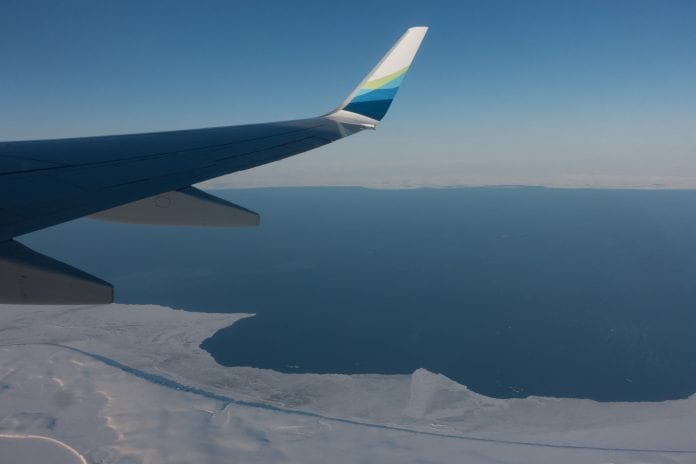
Several public meetings are scheduled in December by the Bureau of Land Management (BLM) to gather comment on its draft supplemental environmental impact statement for the Ambler Road project proposed by the Alaska Industrial Development and Export Authority (AIDEA).
The draft environmental impact statement released in October was made after consultation with Alaska Native Tribes and corporations regarding supplemental analysis. The BLM said it would continue to consult with these entities throughout the National Environmental Policy Act process.
In addition to public meetings already held in Fairbanks, Kotzebue, Ambler, and Huslia, as well as five communities near the proposed industrial road route — the BLM planned meetings at Selawik on Dec. 11, Anchorage on Dec. 13, and Alatna on Dec. 14. The meetings feature a presentation about the analysis, opportunities for public comment, and a hearing considering potential impacts to subsistence resources and activities under Section 810 of the Alaska National Interest Lands Conservation Act.
The public comment period closes on Dec. 22. BLM has yet to announce a date by which it will release a final decision.
BLM is the lead federal agency developing the environmental impact study under the National Environmental Policy Act to evaluate whether or not to grant a right-of-way for the proposed Ambler Road across lands managed by the BLM. The U.S. Army Corps of Engineers and the U.S. Coast Guard are cooperating agencies helping to prepare the environmental impact study.
The proposed project would construct a new 211-mile roadway on the south side of the Brooks Range, extending west from the Dalton Highway to the south bank of the Ambler River. The road would be open only to mining-related industrial use; it would be closed to the public. The project would include bridges, material sites, maintenance stations, and related infrastructure and utilities.
The road would provide surface transportation access from the Dalton Highway to the Ambler Mining District, allowing for exploration and development of mineral deposits in the Ambler Mining District. Construction is estimated to be done in three phases for four to six years, with the full cost of the two-lane access road being $350 million. Operations and maintenance costs are estimated at $8 million to $10 million annually, the BLM said.
Exploration and development of the mining venture itself would be done by Ambler Metals, an independently operated firm controlled by Trilogy Metals Inc., of Vancouver, Canada, and South32, a global mining firm with worldwide locations.
AIDEA filed in 2015 for federal permits to build the road and received them under former President Donald Trump’s administration only to have the now-President Joe Biden suspend approval of those permits in 2022, in order for additional environmental analysis to be considered.
Construction of roads from the Interior to Northwest Alaska has been a controversial issue as far back as the 1970s, when then-Interior Secretary Rogers C.B. Morton flew to Kotzebue to meet with leaders of NANA Regional Corp. to get members’ input on building a road from the Fairbanks area to Northwest Alaska.
NANA’s leadership objected to the road because of concerns over fishing and hunting needs of the area’s population, which largely depended on subsistence.
NANA’s current view on the mining road project calls for controlled, permitted access along the entire route, protection of caribou migration fish and other subsistence resources, shareholder jobs and workforce development and community benefits. NANA issued AIDEA a three-year land use permit, which expires at the end of 2024, to allow for further evaluation of the project.














